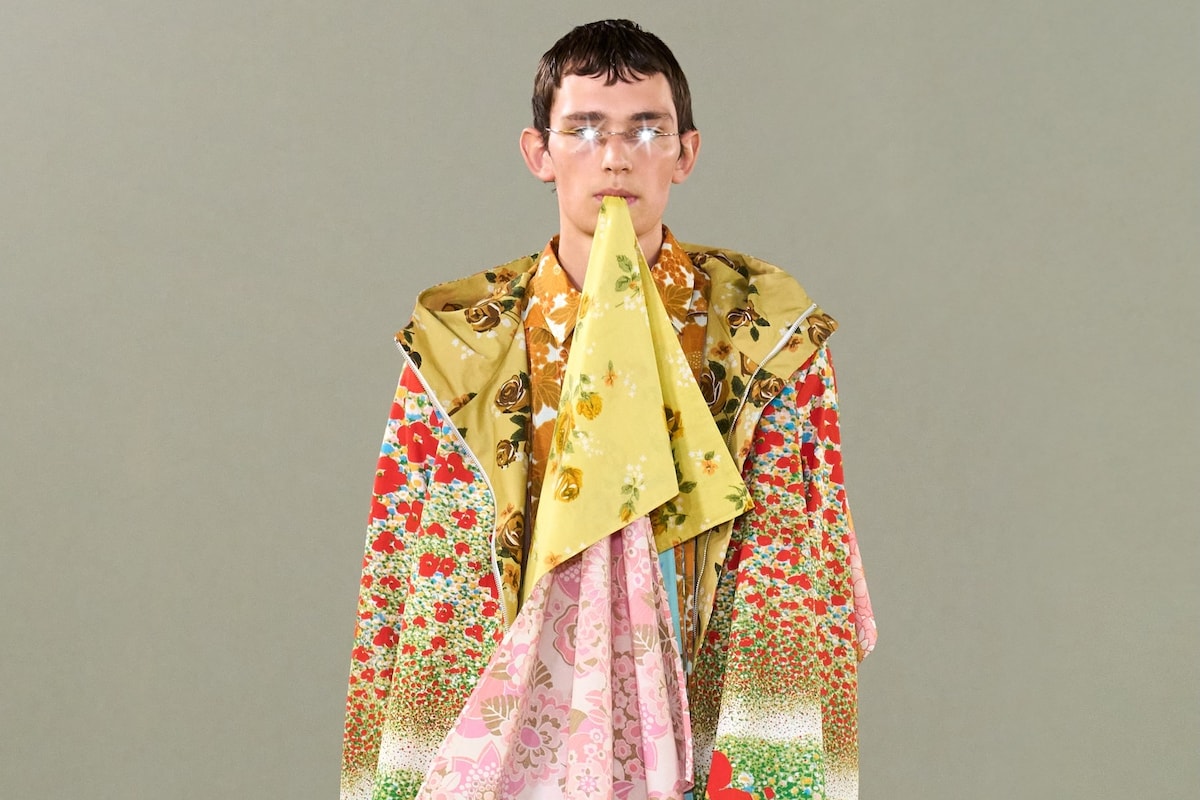Megan 2.0 Flops: Why the Sequel Failed at the Box Office
It may be time to put a pin in the M3GAN Cinematic Universe.
“M3GAN 2.0” flatlined at the box office, generating a paltry $10 million domestically and $17 million globally in its first weekend of release. While not a catastrophic result given the sequel’s $25 million budget, those ticket sales represent a fatal decline in interest from the original, 2023’s “M3GAN.” The first film ignited to $30 million domestically and $45 million globally and became a sleeper hit for Universal and Blumhouse, ultimately earning $180 million against a $12 million budget.
Lackluster reviews and an unfavorable release date didn’t help in terms of turnout for “M3GAN 2.0,” though moviegoers were surprisingly fonder of the sequel (which earned a “B+” grade on CinemaScore exit polls) compared to the first (which landed a “B” score). The trouble is that too few people were incentivized to buy a ticket in the first place. Gerard Johnstone returned to write and direct the follow-up film, which brings back the murderous artificial intelligence doll known as M3GAN (short for Model 3 Generative Android) as she’s rebooted with advanced upgrades to stop a dangerous humanoid military robot.
“Nothing appears to be wrong with the movie,” David A. Gross, who runs the FranchiseRe movie consulting firm. “[But] the story is struggling to show something new, and fans are moving on.”
Here, Variety unpacks five reasons why “M3GAN 2.0” didn’t replicate the success of the original.
Before the first film, M3GAN became an online sensation thanks to her killer dance moves and campy energy. But the weak turnout for the sequel suggests the pint-sized agent of chaos was a one-off viral phenomenon rather than the next enduring scream queen. That could be a problem since a spinoff called “Soulm8te,” a sci-fi thriller about man who buys an android to cope with the death of his wife, is set to open in January 2026.
The first “M3GAN” thrived in part because the horror film debuted during the notorious box office dead zone of January. Since there wasn’t much on movie theater marquees (at that time, “Avatar: The Way of Water” was dominating the charts in its fourth weekend of release), audiences didn’t have the luxury of choice if they wanted to go to the movies. Instead of sticking with the frame that worked for “M3GAN,” or testing the waters in October when horror tends to thrive, the studio set the second film to release during the comparatively packed summer movie season. “M3GAN 2.0” couldn’t stand out as counter-programming and got lost in the sea of blockbuster such as Brad Pitt’s racing drama “F1,” Universal’s “How to Train Your Dragon” live-action remake and Disney’s “Lilo & Stitch.”
Instead of doubling down on scares, much of the marketing for “M3GAN 2.0” revolved around the doll’s status as a sass master and camp icon. That certainly makes for a fun promotional campaign, where pithy jokes and silly moments abound in the trailers and on posters. But the choice to focus on comedic aspects could have alienated horror mavens who were craving true frights.
Summer is all about escapism, but that’s not the case with M3GAN when headlines are constantly blaring about how AI is about to take everyone’s jobs — or worse. When M3GAN was introduced to audiences, the artificially intelligent robot seemed like an implausible gag. But much has changed in the short two years since her cinematic debut. A subplot in “M3GAN 2.0” involves the scientist Gemma (Allison Williams), who originally helped create the manicured doll, testifying before Congress about the dangers of AI.
Since it’s a hot topic in real life, too, Williams has been repeatedly asked about the future of AI during the film’s press tour. In one of the many questions she’s recently had to field about the topic, Williams acknowledged the concerning shift in vibes amid the rapid, unknowable evolution of AI. “The first movie took place at a time when [AI] was much more nascent. You had to introduce the vocabulary of it,” Williams told Vanity Fair. “Now, though, people are super-intimately aware of—and, I think, wary of—their use of AI. It fundamentally changes the experience of watching the movie.”
After an unrivaled run of horror hits (“Paranormal Activity,” “The Purge,” “Get Out” and “Halloween” among them), Blumhouse is enduring a rare fallow period at the box office. Misfires in 2025 include January’s “Wolf Man” ($34 million against a $25 million budget), March’s “The Woman in the Yard” ($23 million against a $12 million budget) and April’s “Drop” ($28 million against an $8 million budget). As part of the horror empire’s business model, Blumhouse avoids any total financial fiascos by keeping costs low. Although “M3GAN 2.0” was twice the price of the first film, any box office losses will be negligible. However Blumhouse could use a commercial win, so this December’s “Five Nights at Freddy’s 2” can’t come soon enough.












